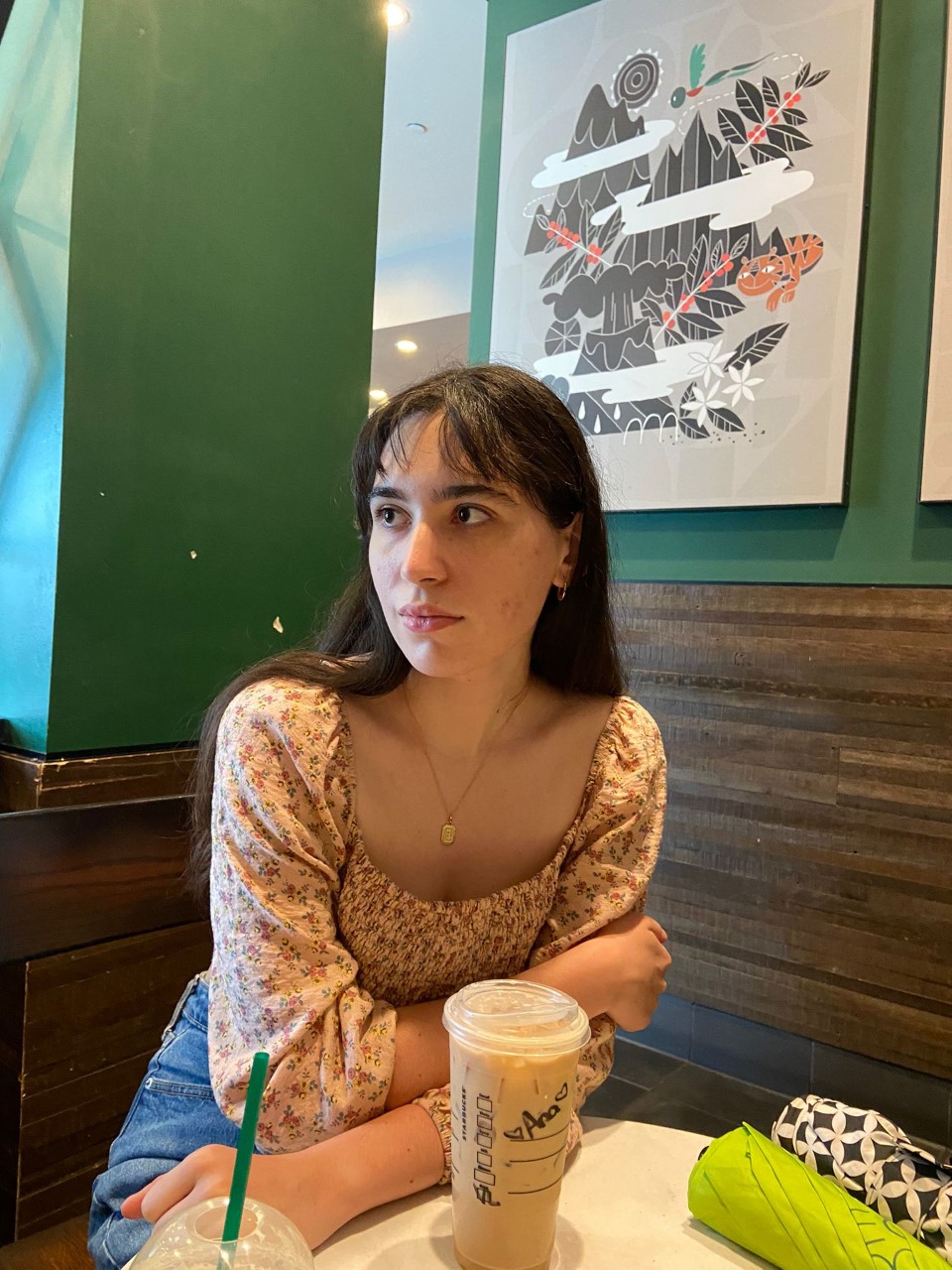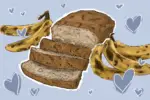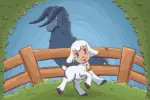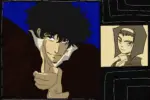Who is Jack Stauber? The question greets anyone who opens the front page of the artist’s YouTube channel. A cartoon child with an enormous head seems to provide a straightforward answer: “He’s the guy that makes funny music videos.” He then specifies that the music videos are in the style of VHS videos from the ’80s or ’90s, “or whatever.”
The introductory video for Stauber’s YouTube channel only lasts a few seconds and gives only the most basic, readily available information about the artist. Indeed, the man behind the keyboard maintains a level of anonymity that shrouds his identity and work in mystery. The average Stauber listener might find only his most basic biographical information, as all official social media accounts are dedicated to posting music-related content and little else.
Yet, despite (or perhaps because of) Stauber taking a back seat to his art, his music has found its crowd online. The virality of his music on applications such as TikTok depends completely on the merit of his work rather than the popularity of the artist himself. A casual listener can appreciate individual songs because each song speaks for itself, whereas more dedicated fans can appreciate recurring motifs and themes.
Even Stauber’s music has a certain mystery to it, as he rarely publishes an official transcript of the lyrics to his songs. Normally, the lyrics of a song are easily accessible, but Stauber’s distinct vocal style, commonly referred to as “singing in cursive,” creates doubt surrounding the exact wording.
Stauber’s success online led to his collaboration with Adult Swim on two larger, fully animated projects. Adult Swim released “Shop: A Pop Opera” and “Opal” to its YouTube channel a year ago. “Shop: A Pop Opera” is the more lighthearted of the two. The animation follows a young man through the grocery store, while simultaneously exploring various life philosophies through metaphor. The young man, referred to as Jeff, encounters people who embody distinct philosophies associated with different items in the grocery store. Jeff encounters philosophies related to mortality (milk), the meaning of life (bread), disaster (paper), routine (oatmeal), addiction (coffee) and choice (cheese). Each grocery item represents an obstacle Jeff must overcome to exert his free will.
Ultimately, Jeff is alone in the cheese aisle. The final obstacle he must confront is himself. He allows fate to guide his hand as he becomes overwhelmed by the paradox of choice. He finds himself less than impressed with the cheese he ends up with, which causes him to realize that resigning himself to random chance will not make him happy.
“Opal,” depicts a similar shift in tone. This animation follows a little girl as she navigates a sinister house full of potentially harmful people. She narrowly evades her pursuants and escapes to the attic where the truth becomes completely and unavoidably clear. The girl who the viewer believes to be Opal is named Claire. The house and the people inside of it are the girl’s home and family. We see a billboard of a happy, loving family out the window and across the street. The girl looks up at the billboard, imagining that the happy family is hers. Meanwhile her alcoholic mother, narcissistic father and distant grandfather bang on the door. The horror of the animation comes from the realization that the frightening elements of the house are not strange or unfamiliar.
The grandfather sings “Easy to Breathe”, a song that depicts the feeling of suffocation at the hands of a dysfunctional family. He wonders why the people on television can breathe so easily when he himself is a smoker. The irony in the song is as poignant as it is bitter; the grandfather yearns for something better while unknowingly destroying himself.
Blindness and sight are key motifs in “Opal.” Each family member is blind to the truth. The grandfather is blinded by age, the father by egoism and the mother by substance abuse. Even the girls’ names allude to sight. Opal: meaning opaque, refers to her clouded, escapist fantasies, whereas Claire: meaning clear, reflects her reality.
The animation begins and ends with Claire imagining her idealized family singing “We see you Opal.” She longs to be seen and loved, but instead serves merely as her grandfather’s eyes, her father’s reflection and her mother’s comfort.
Sadly, neither “Shop: A Pop Opera” nor “Opal” experienced the same level of popularity on TikTok. The unfortunate side effect of TikTok virality is the relegation of Stauber and his music to flash-in-the-pan hits that inevitably fade into obscurity. “Buttercup” and “Oh Oklahoma” both went viral on TikTok and subsequently garnered more streams than any other songs from Stauber’s other albums.
The song “Lima Bean Man,” reflects upon the relationship between Stauber’s music and Stauber’s fans. The song’s official animation opens with a spoken introduction. The simple rhyme scheme gives a whimsical, almost fairy-tale-like quality to the events that follow. A little girl opens up her kitchen cupboard to enjoy the musical entertainment of a miniature man who lives behind the lima bean can. The man sings a plea to be tied to a balloon so he can be reunited with his wife on the moon. His singing dissolves into fearful cries as the girl bops along to his tune, finally shutting the cupboard again when she has had enough.
“Lima Bean Man” heartbreakingly depicts the disconnect between artistic intent and public reception. The resulting give-and-take renders the artist’s pain nothing more than cheap entertainment. Hopefully, future projects will bring lasting attention to Stauber’s art. Nevertheless, true fans, as well as the man himself, remain skeptical.

















